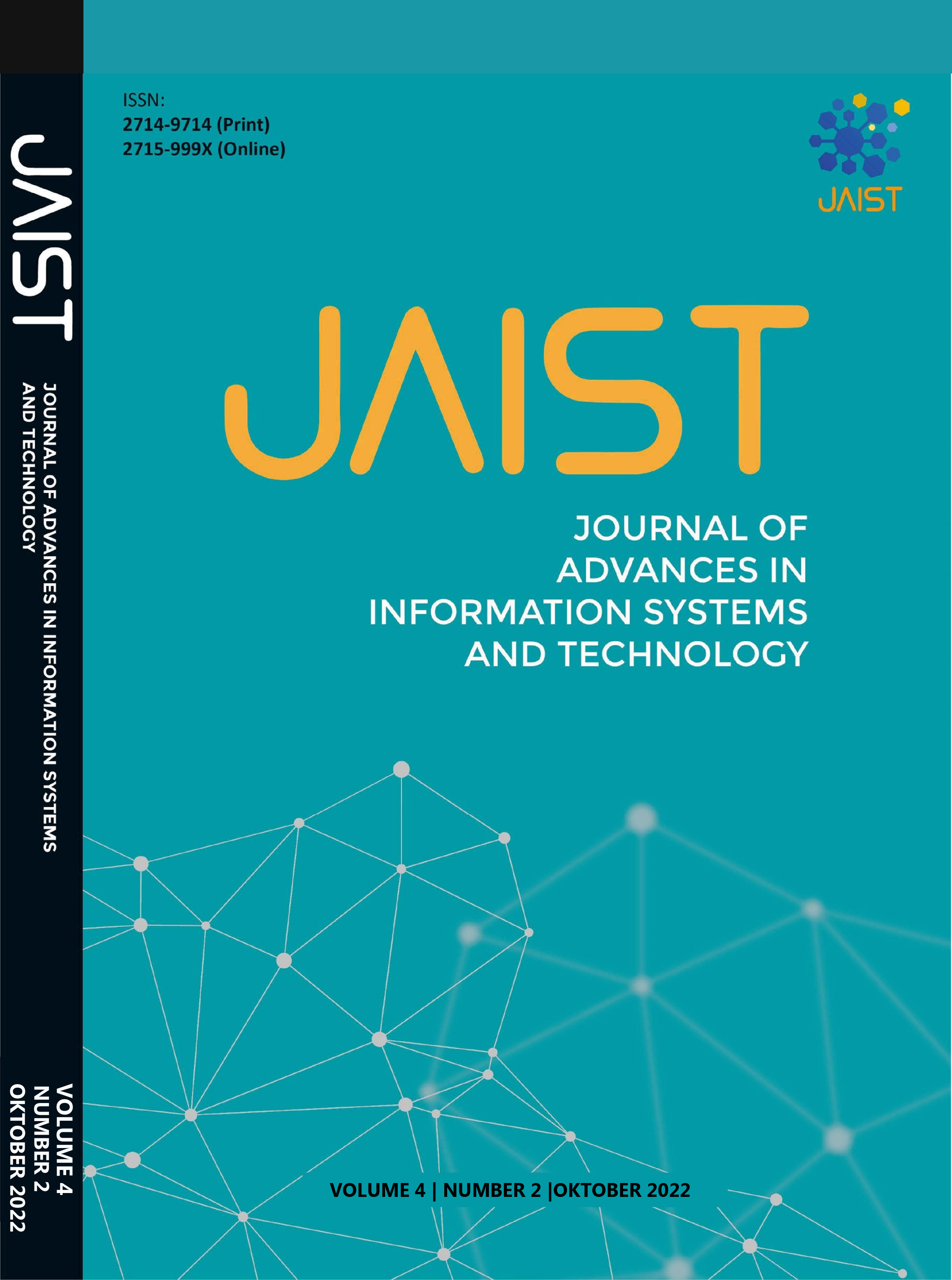Detection of the Use of Masks as an Effort to Prevent Covid-19 Using Gray Level Co-Occurrence Matrix (GLCM) Based on Learning Vector Quantization (LVQ)
Abstract
Covid-19 is a disease caused by the SARS-CoV-2 virus. Transmission of Covid-19 can be through the flow of air (aerosol), splashes of liquid (droplets). One of the prevention efforts to break the chain of transmission is to use a mask when interacting with other people. Monitoring and controlling the use of masks will be safer and more efficient when implementing a mask detection system. This study will analyze GLCM for extraction method and LVQ for classification method. The results of GLCM successfully provide statistical features that represent image characteristics well. While the LVQ can provide classification results with a good percentage of accuracy. The results of the best percentage accuracy for the first rank are 83.15% in the composition ratio of 90: 10. Furthermore, the percentage of accuracy for the second rank is 76.03% at the composition ratio of 70: 30 and the third rank is 72.47% at the composition ratio of 80: 20. This indicates that the composition more training data does not guarantee the level of achievement of a higher percentage of accuracy. There is an optimal maximum number of epochs where the number of epochs that exceeds the optimal number of epochs will not experience a change in the percentage of accuracy. For each value the learning rate (alpha) can give the results of the percentage of accuracy with different graphic patterns and will stop at the optimal maximum
number of epochs.
Copyright (c) 2023 Journal of Advances in Information Systems and Technology

This work is licensed under a Creative Commons Attribution-ShareAlike 4.0 International License.


